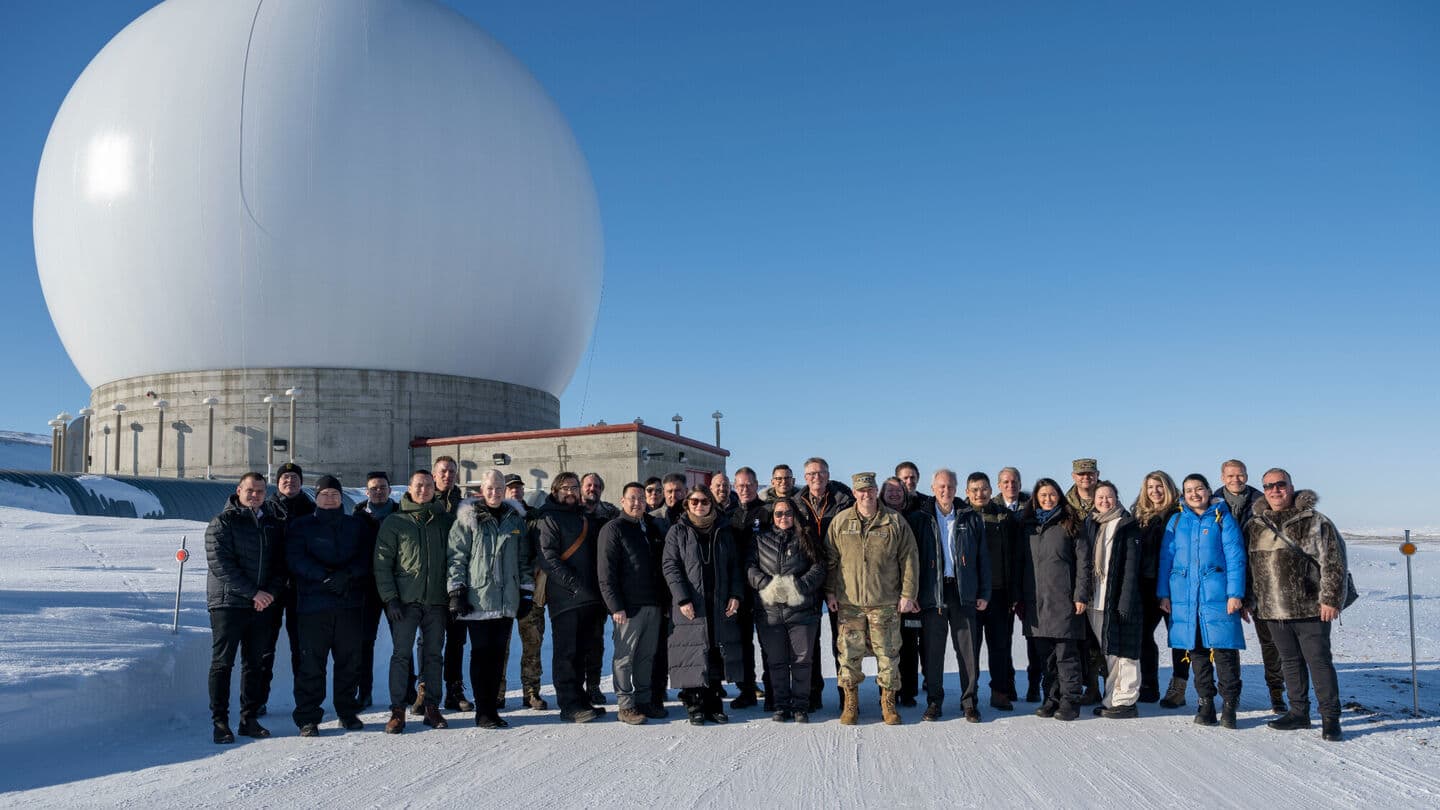
What to know about Pituffik—US's lone military base in Greenland
What's the story
United States Vice President JD Vance will visit the Pituffik Space Base in Greenland this week.
The visit comes amid President Donald Trump's growing interest in buying the ice-covered territory.
The base, previously called Thule Air Base, is a critical bastion for US military defenses.
Troy Bouffard, an Arctic security expert at the University of Alaska Fairbanks, calls it "the most important geographic location" for possible Arctic attack scenarios.
Historical overview
A brief history of Pituffik Space Base
Pituffik Space Base is located on Greenland's northwestern coast, across from Nunavut in Canada.
The US and Denmark established a radio and weather station here in 1946.
In 1951, the United States and Denmark began secretly constructing the military base there so that the US could stage long-range bombers closer to China and what was then the Soviet Union.
Today, it operates under mutual defense agreements between the two nations.
Strategic significance
The strategic importance of Pituffik Space Base
Pituffik Space Base's location is critical to US military capabilities as it sits between northern US and northern Russia.
The base carries out missile warning, missile defense, and space surveillance missions.
"The center sector there with that base is absolutely paramount," Bouffard said.
"That is the area that has some gaps in capabilities that could be exploited."
Defense capabilities
Pituffik Space Base: A hub for early missile detection
The base is also home to the Upgraded Early Warning Radar system, allowing the US to track missile launches at their initial stage.
Such capability is deemed invaluable in the current age of evolving dangers, including hypersonic missiles.
The base assists in scientific missions every summer too: New York Air National Guard flies in its LC-130 ski-equipped planes to transport researchers and supplies to ice sheet camps.
Operational hurdles
Pituffik's location presents challenges for US military
However, Bouffard claims Pituffik's location also poses challenges for the military.
It's the Defense Department's northernmost installation, where average winter temperatures can fall between -13 and -20 degrees Celsius.
Bouffard posits if the base upgraded its systems to counter new threats from Russia, it might have to defend that technology with short- and medium-range army air defenses — a first in Arctic conditions.